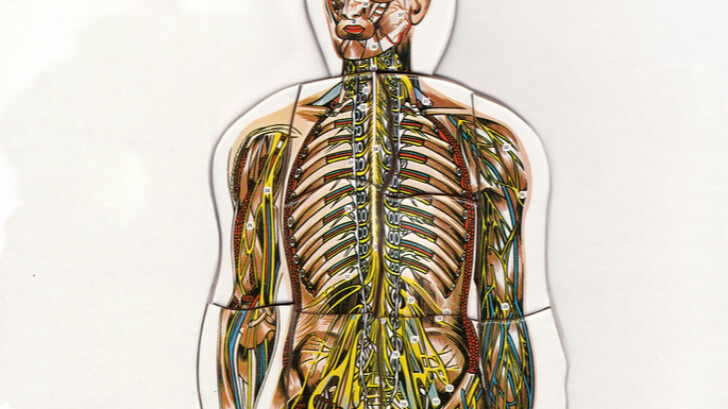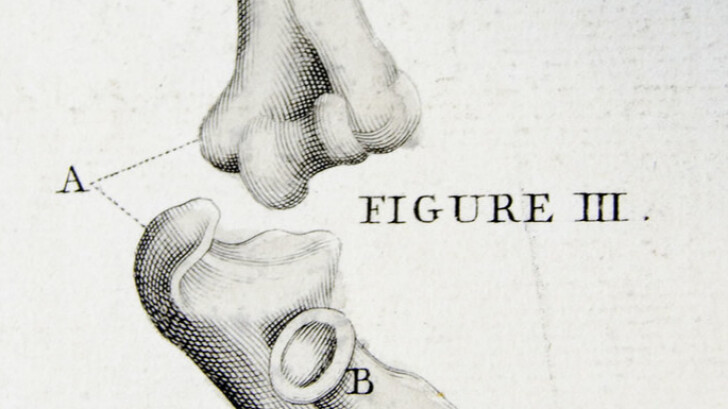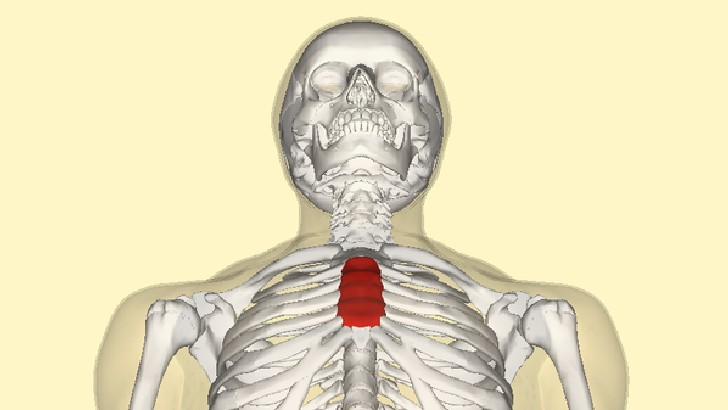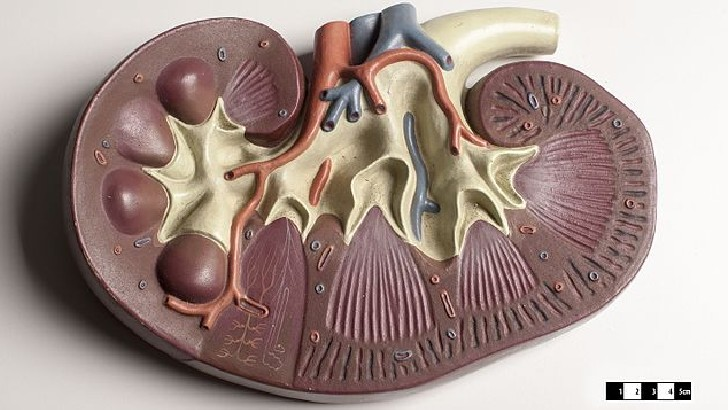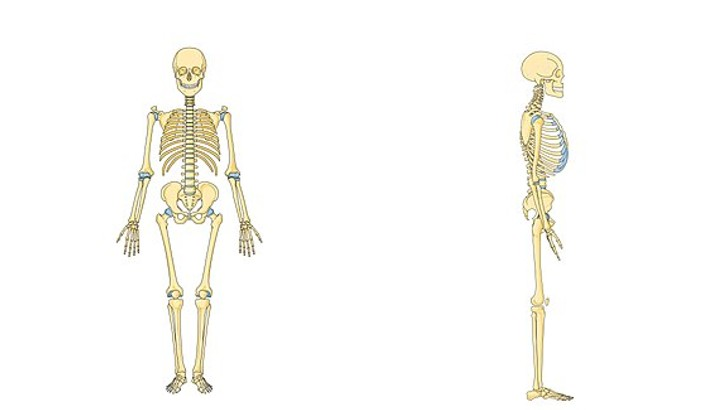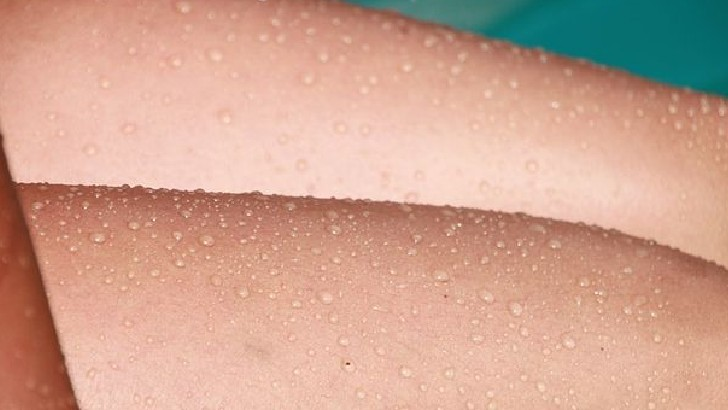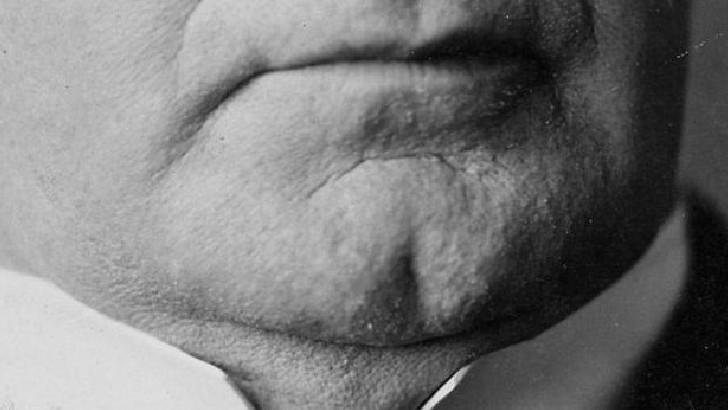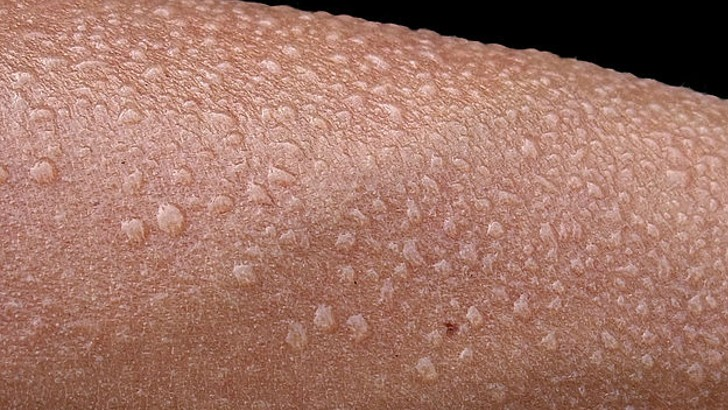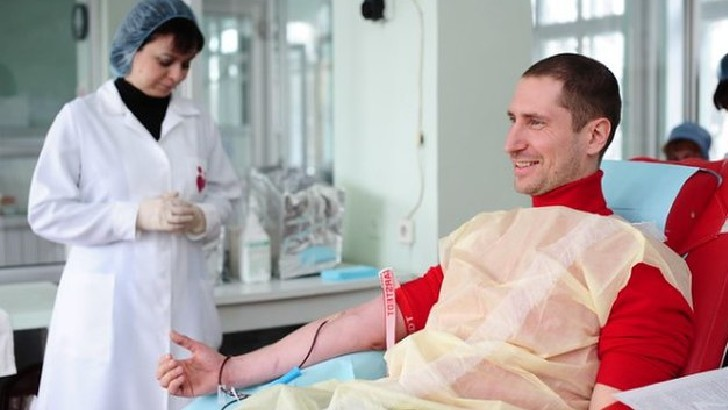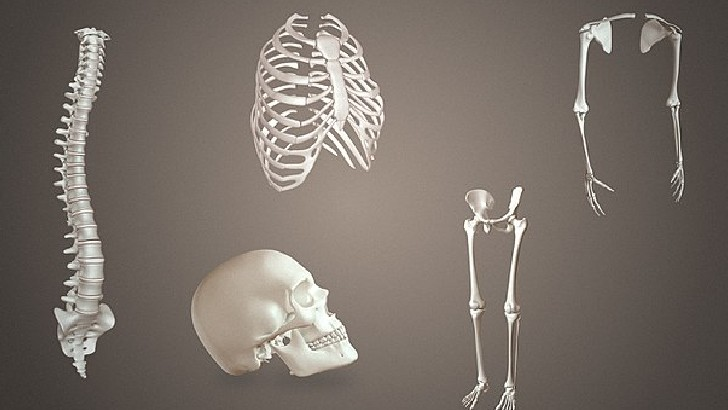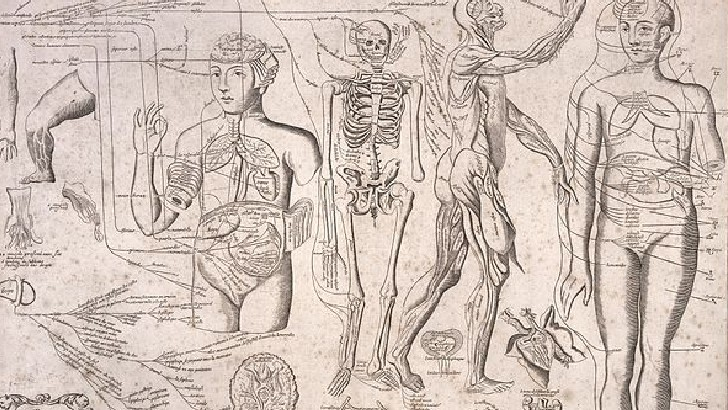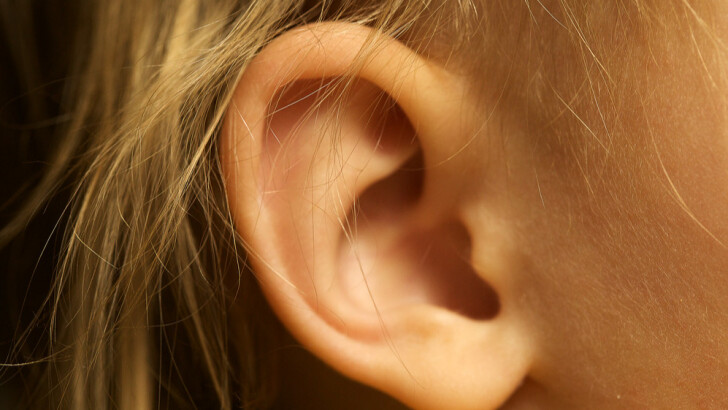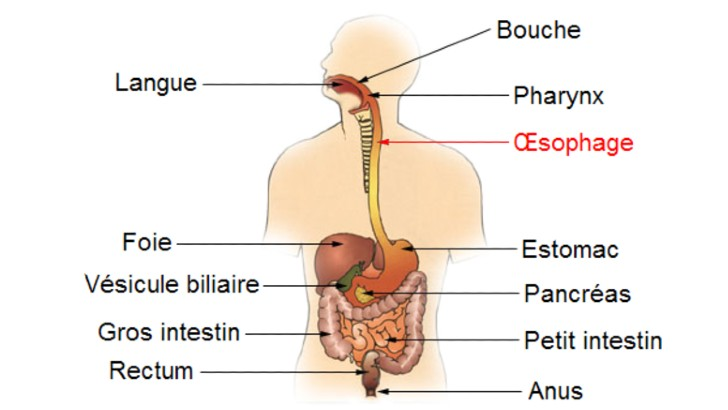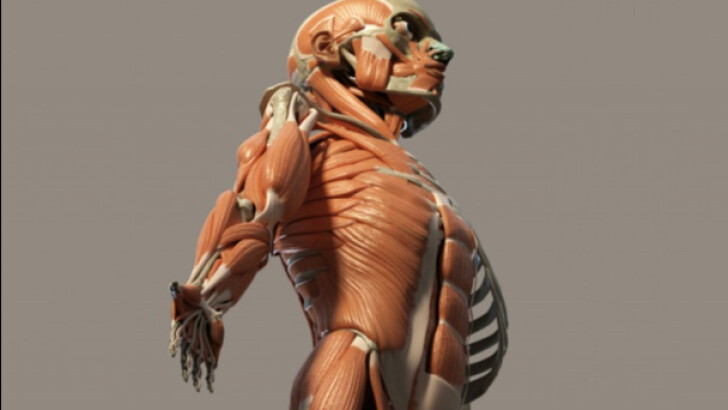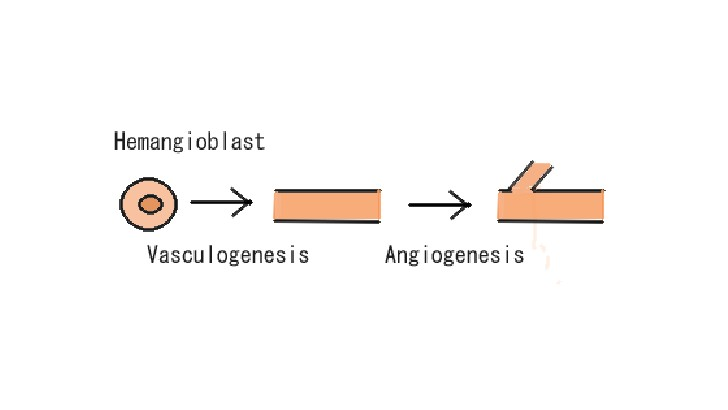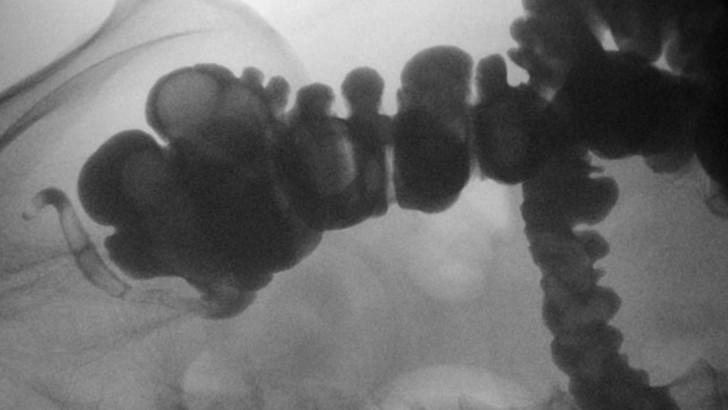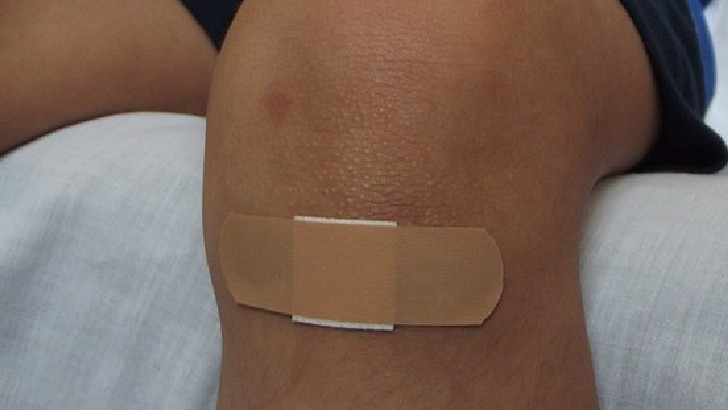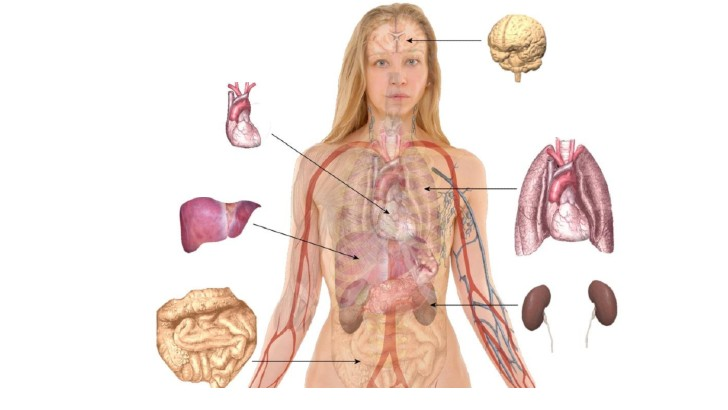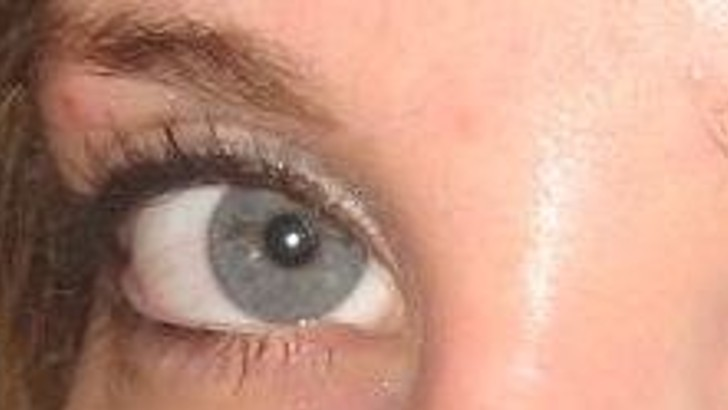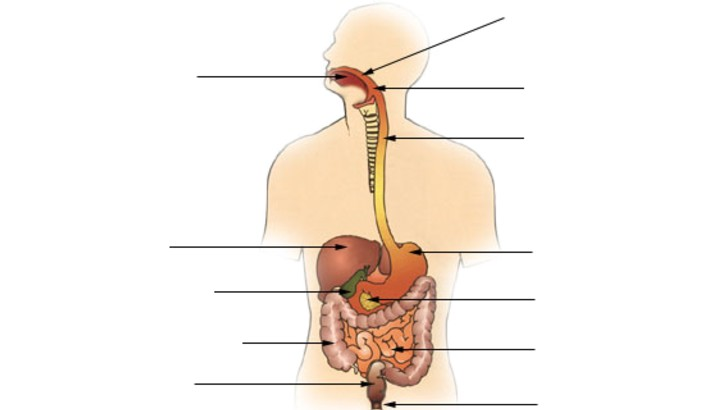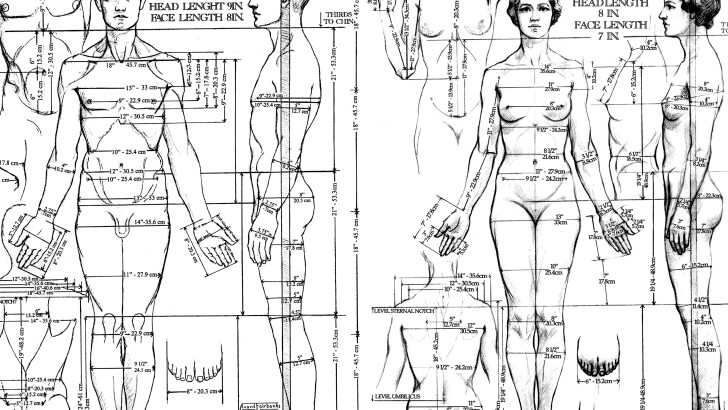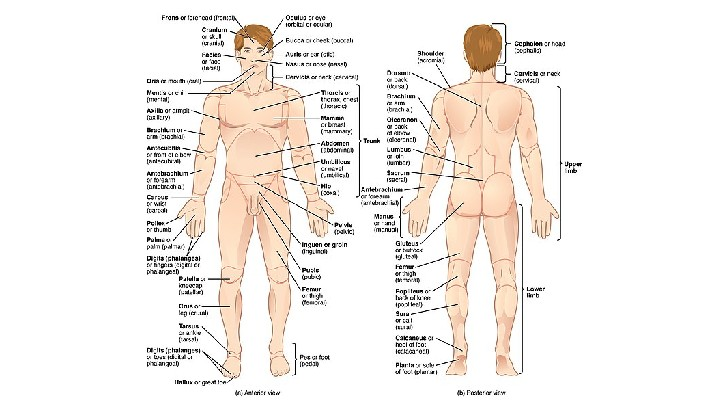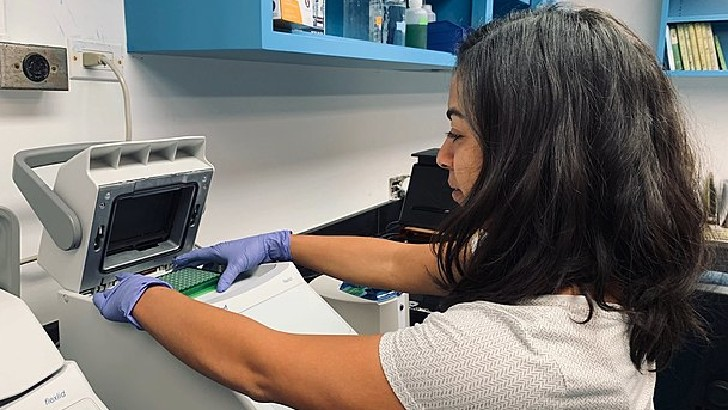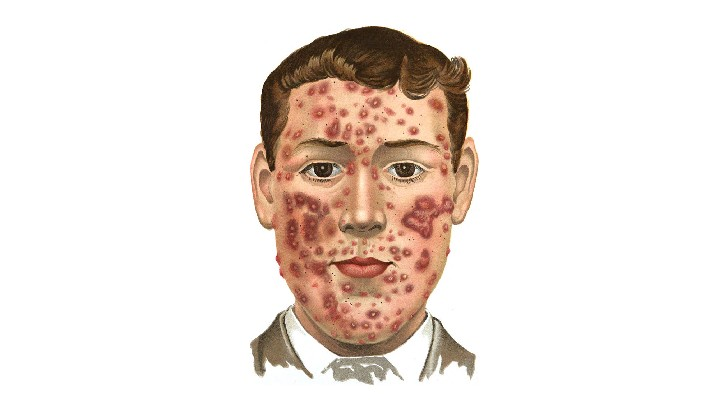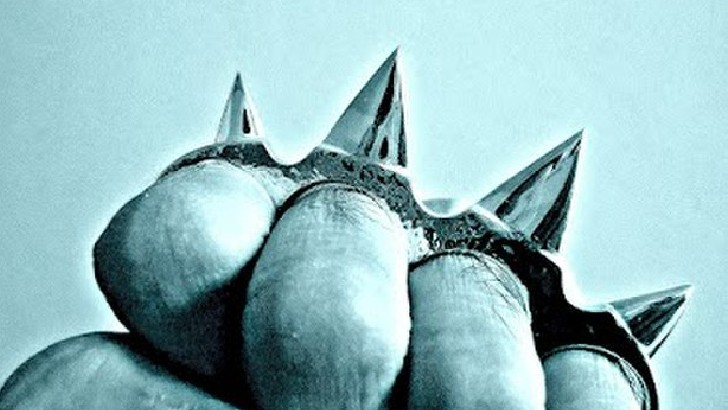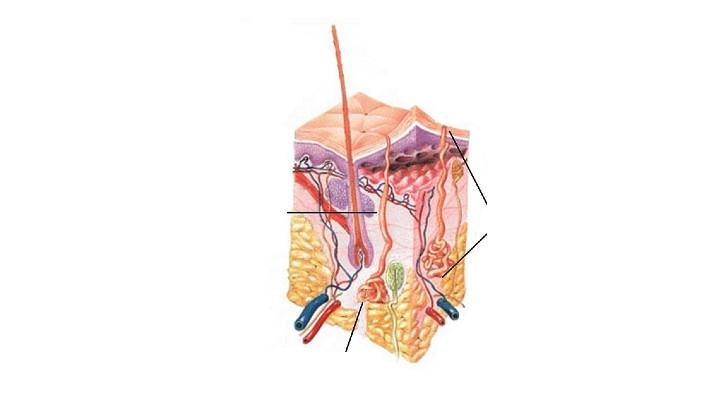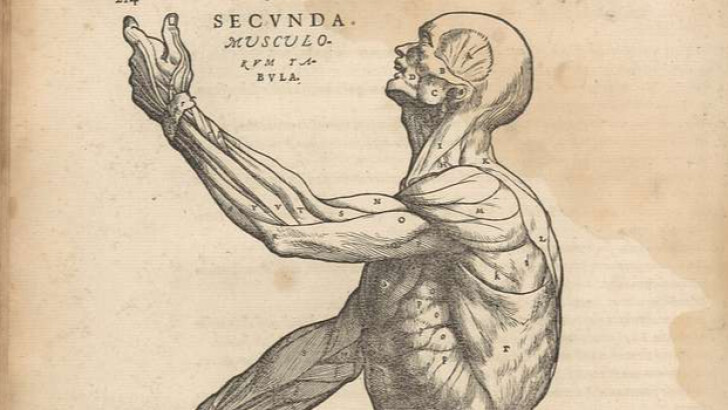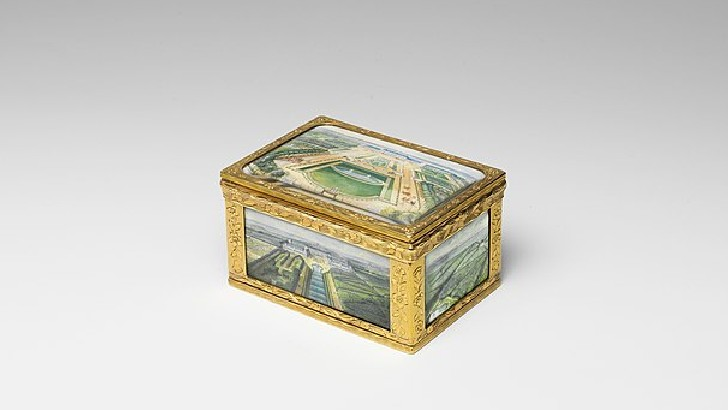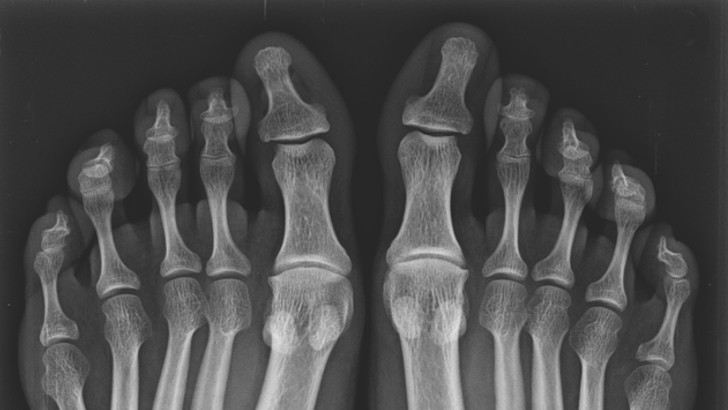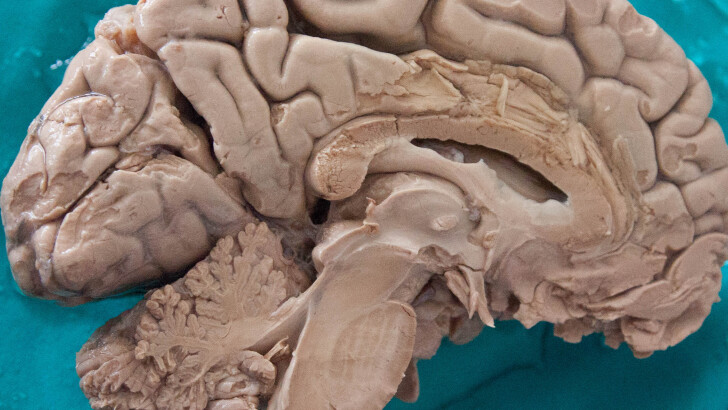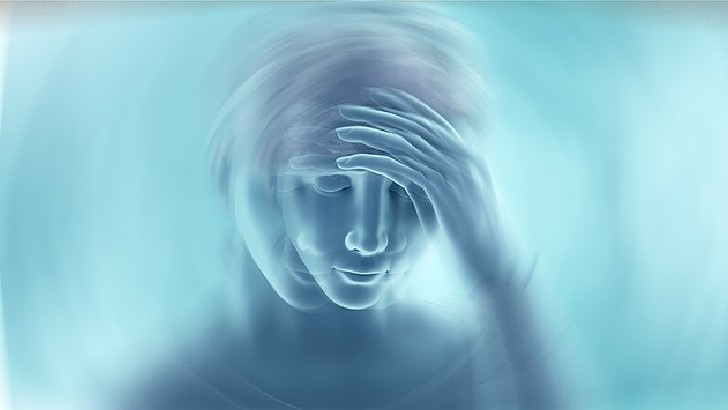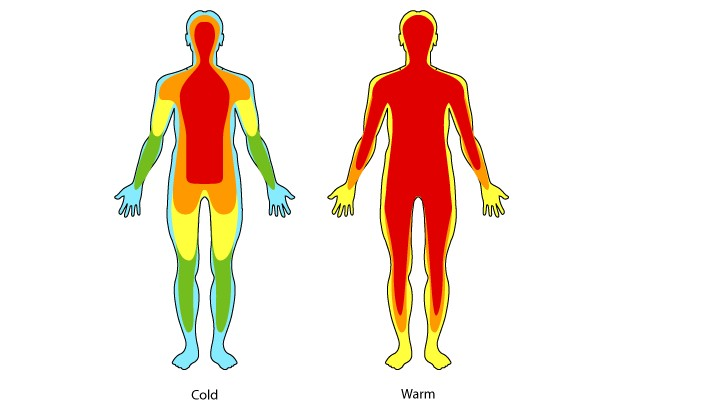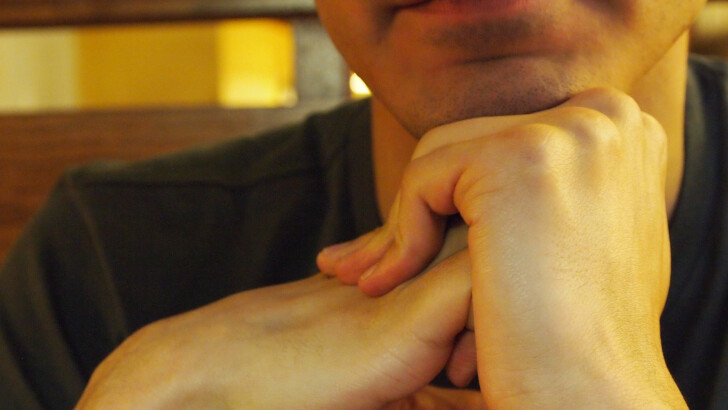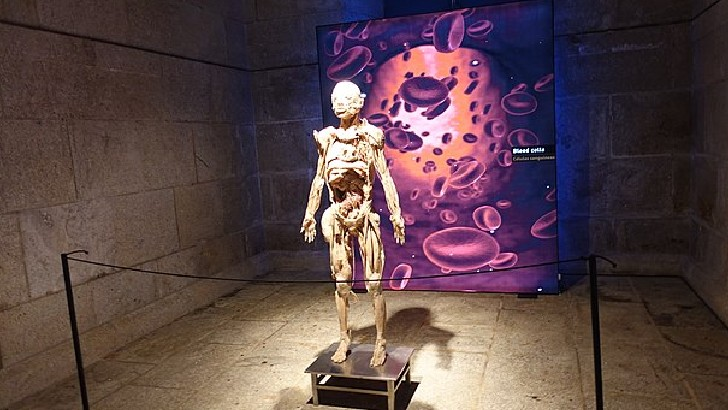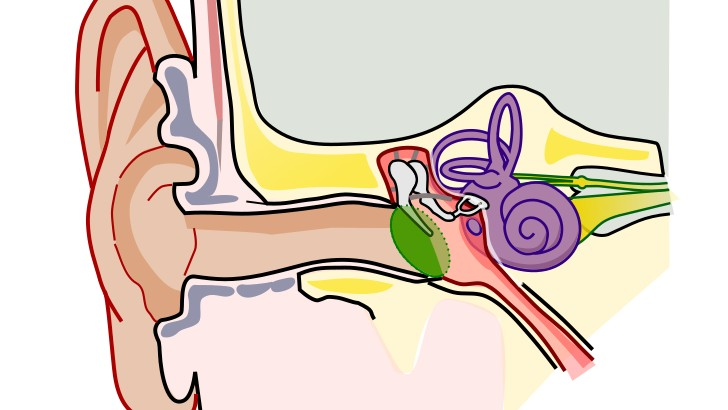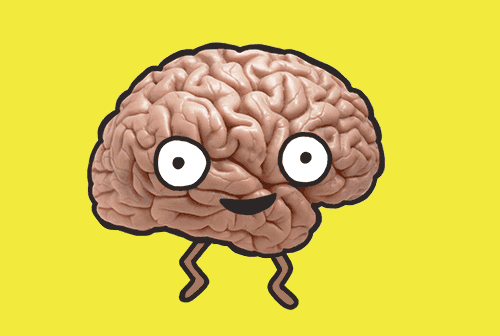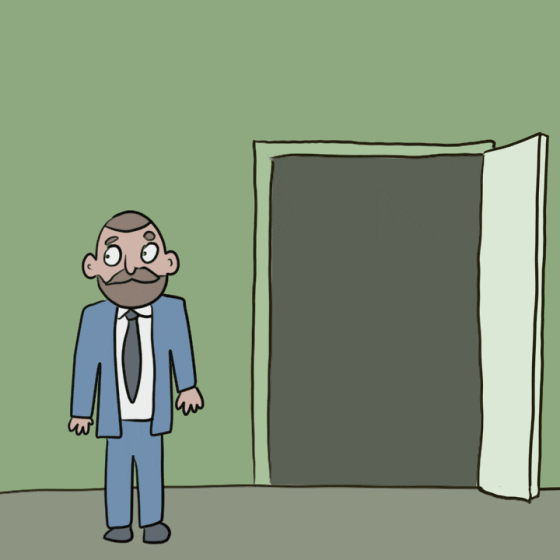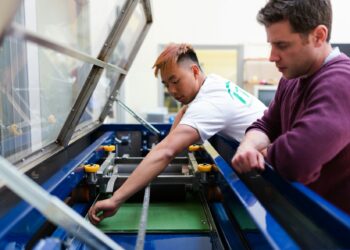From your hair to your toes, do you know how your body works? Take our human anatomy quiz to find out!
One of the bizarre things the human body performs is known as “cutis anserine,” which is the scientific term for it?
Goosebumps
Cutis anserine, or goosebumps, are a curious vestigial trait of humans. Goosebumps appear when the pilomotor reflex is activated, and the small muscle at the base of a hair follicle contracts, drawing every hair upright. Originally, this was utilized by birds and animals to keep warm or puff up in order to deter predators from approaching.
Where on your body would you need to dab a towel to dry your philtrum if it was wet?
Your face
The philtrum is the perfectly-shaped groove that runs from your top lip to your nose in humans. The role of the philtrum in animals, according to scientists, is to transmit scents from the nose to the mouth. In humans, the philtrum is currently only a vestigial structure with no known function.
Which of the following unusual anatomical terms is used to describe a joint that moves back and forth like a box or door hinge?
Ginglymus
The ginglymus joint is not the same as the condyloid joint. The former travels back and forth like a hinge, but the later is a more complex joint that allows movement forward and backward, as well as from side to side.
Which of the following body parts regenerates every three to four days?
Stomach lining
The stomach lining of your body is constantly exposed to powerful digestive acids, and if it is not replaced, it will disintegrate altogether. People who suffer ulcers know how painful it is when the stomach lining destroys quicker than it can be restored.
Which of the following does the enzyme renin control in the human body?
Blood Pressure
Renin is an enzyme that aids in the management of blood pressure and the maintenance of optimum sodium and potassium levels in the body.
What percentage of the bones you were born with will you have lost from the moment you were born until you’re an adult?
About 33%
Your body has 300 bones when you’re born, but by the time you’re completely grown, you’ll only have 206. This is because numerous little bones that are similar to soft cartilage when you’re a newborn will ultimately fuse together to become larger single bones. A baby’s pliable, tiny bones make it easier for them to pass through the birth canal.
After accounting for bones, muscles, organs, blood, and other guts, water makes up the majority of the human body. What proportion of the body is made up of water?
60%
Water accounts about 90% of the weight of certain creatures. Although the brain and heart are almost 75 percent water, and the lungs are approximately 83 percent water, it’s closer to 60 percent in individuals.
The “midpoint of the lower border of the human mandible” (chin) is defined as which of the following anatomical terms?
Gnathion
Gnathion is a Greek word meaning “jaw”. You may be more familiar with the phrase “gnash,” which means “grind your teeth.”
Our sweat glands number between 2 and 5 million. Which of the following anatomical terms describes the glands that create sweat?
Eccrine
Eccrine glands in the human body are found in the skin and are crucial for controlling body temperature through sweat production. They are found almost everywhere on our bodies, with the largest concentration in our palms and soles.
Your body is only made what percentage blood?
7%
The weight of blood in a human body is about 1/13 of the total weight. As you may be aware, the body readily replaces blood that is lost, which is why you may give or donate blood to others. Blood volume in an adult ranges from 1.2 to 1.5 gallons.
Which of the following joints is the biggest in the human body: the knee, ankle, shoulder, and hip?
Knee
The knee is not only the biggest but also the most complicated joint in the human body, connecting the thigh bone, shin bone, fibula, and kneecap. The knee, which is made out of a fluid-filled capsule, is meant to move like a sophisticated hinge.
What three components of the human body are the manubrium, gladiolus, and xiphoid process?
Sternum
Manubrium, gladiolus, and xiphoid process are all parts of the sternum. The xiphoid process starts out as cartilage and eventually turns into a bone. Its tip looks like a sword and is found where the lower ribs connect to the breastbone.
The malleus, incus, and stapes are small bones in the ear that make up the “auditory” system. What is it?
Ossicles
The three tiniest bones in the human body are known as the auditory ossicles. The malleus connects to the tympanic membrane, the incus connects to the incus, and the stapes connects to the fenestra vestibuli’s perimeter.
What is the medical terminology for the involuntary constriction and relaxation of the muscles that allow food to pass down the esophagus?
Peristalsis
Peristalsis is the involuntary movement of food or waste in and out of the body by the esophagus or intestine. The method is essentially a wave-like motion in which food are moved through contractions.
What part of our body is also considered a “muscular hydrostat”?
Tongue
Our tongue is the most charismatic “muscular hydrostat,” a term for a set of muscles that function independently of our skeletal system. The human tongue, like the trunk of an elephant or the arm of an octopus, is made up of eight distinct muscles that connect to form a strong matrix.
Angiogenesis is a term used to describe the production and regeneration of which portion of the human body?
Blood cells
Angiogenesis is the formation of new blood vessels from pre-existing ones. Vasculogenesis is the process of forming the first blood vessels, which eventually become blood cells. Angiogenesis is the process by which cells divide, sprout, and reproduce after vasculogensis.
What function may the appendix serve, according to current research?
As an “understudy” pancreas
As a vessel to hold healthy bacteria
As a way of balancing out weight of other organs
To lessen the effects of allergies
As a vessel to hold healthy bacteria
The appendix is a strange organ that appears to be absolutely unnecessary. However, a recent research found that the appendix stores “good” bacteria that the body may require in the event of a severe case of diarrhea or another shock to the body’s bacteria cache.
What would you have to wear for a time if you injured your “hallux”?
A boot on your foot
“Hallux” is another synonym for “big toe,” much as thumb denotes our largest finger. It is the innermost toe and is considered as digit number one in general when referring to other animals with four limbs. The hallux metatarsophalangeal joint is the big toe’s joint.
Some of our strangest body parts serve many purposes. Which of the following organs has over 500 tasks, according to scientists?
Liver
Because the liver is such a remarkable organ, its failure is a significant medical emergency. Scientists have found that the liver produces bile, decomposes red blood cells, synthesizes plasma proteins, detoxifies the body, regulates blood clotting, and produces immunological components to help the body resist infections.
What has the typical person lost nearly half of by the time they reach 60?
Taste buds
They claim your sense of taste deteriorates as you get older, and this is both metaphorically and physically accurate. You have 9,000 taste buds at birth, which act in tandem with your sense of smell. However, as you become older, that number can be decreased in half…or even more. Even the ones you don’t lose start to shrink, making them less effective.
What is the scientific name for the point where your upper and lower eyelids meet?
Canthus
The angle produced by the intersection of an eye’s top and lower eyelids is called a canthus. It is necessary for the eyelid to function correctly.
How long would our digestive system be if it was stretched end-to-end?
Around 30 feet
The adult human digestive system, from start to end, is about 30 feet long if you stretched it all the way out. It’s made up of the mouth, the esophagus, the stomach, the small intestine and the large intestine. Organs such as the liver, pancreas, and gallbladder aid in digestion, and work with digestive system to absorb and process food.
The “lunula” is found where on the human body?
Fingernail
The “lunula,” which means “small moon,” is a crescent-shaped sliver of white pigment seen at the base of our fingernails. It might be an indication of anemia or malnutrition if they’re absent from your nails, but it could also be nothing to worry about.
“Pate” refers to what part of your body?
The back of your shoulders
The crown of your head
The pate refers to the top of your head, or the crown. This variant of the term rhymes with “fate,” unlike the French delicacy. The term pate is assumed to be a diminutive of the Old French patene or Medieval Latin patena.
Where on the human body would you find the Dimples of Venus?
Lower back
The indentation on your back at the point where your pelvis and spine connect, slightly above your butt, is known as the Dimples of Venus. They are caused by a small ligament that connects the iliac bone’s exterior edge to your skin.
What other body area also blushes when your face blushes?
Your stomach
The blushing of the stomach is due to increased blood flow throughout the body caused by the sympathetic nervous system. When you’re embarrassed, your body produces adrenaline, a hormone that helps the body prepare for stressful situations.
What area of the human body do you presumably find fascinating if you’re a “desmologist”?
Ligaments
A desmologist studies the ligaments in the human body. The word is derived from the Greek word “desmo,” which means ligament and “ology,” which means “study of”.
According to a theory in the journal Medical Hypothesis, what is the evolutionary reason acne mostly affects adolescents?
To keep them from procreating until they’re ready
It’s a right of passage to adulthood.
To make companies that sell anti-acne products richer.
To teach them about hygiene
To keep them from procreating until they’re ready
According to the theory acne is there to keep youngsters from being too attracted to each other and procreating before they are old enough to adequately care for their child.
What is a more scientific way of saying you “knuckled-punched” someone?
You clavicute-punched them
You condyle-punched them
A condyle is an anatomical word for “a bone’s articular protrusion.” Condyles are the bones that protrude from the knuckle as it is formed. The condyles are the ones that hurt the most when someone gets knuckle-punched.
Where do you find the most sweat glands on your body?
Bottom of your feet
The bottom of your feet are home to 250,000 sweat glands, which is a sizable portion of your overall body’s 2 to 3 million of them. Your feet can produce more than 12 ounces of sweat per day.
The human body has some strange features, like the glabella. What is its scientific name?
Webbing between thumb and index finger
Space between eyebrows
The glabella is the skin between your brows that is left blank. This area of your face connects the superciliary ridges, which are two structures on your face.
Where can you find the “anatomical snuffbox”?
Hand
The “anatomical snuffbox,” which appears at the very bottom of your thumb as you go towards your wrist when you give a thumbs up, is named after the location where people used to deposit tobacco and other snuff items before smelling them into their noses.
You’ve probably heard of Hammertoe, but what does “Morton’s Toe” mean?
Big toe is shorter than second toe
Big toe is shorter than second toe
Morton’s Toe is a condition in which the big toe is shorter than the second toe. The Morton in Morton’s Toe refers to Dudley Joy Morton, an American orthopedic physician who first diagnosed the condition.
The Broca Area in the brain is most closely associated with which of the following human functions?
Speech
Broca’s area is located in the dominant hemisphere’s frontal lobe and is closely associated with speaking. Pierre Paul Broca, a French anatomist, had two patients who had completely lost their capacity to speak due to lesions to a specific section of the brain, which is now known as Broca’s area.
Kids grow fastest during which season?
Summer
According to research conducted by a pediatrician at Vanderbilt Children’s Hospital in Nashville, children develop the fastest in the summer and the slowest in the fall. “We don’t have a good explanation for it,” the doctors confess, calling it a strange phenomenon.
What small particles in the ear are known to be responsible for the sensation of vertigo or dizziness?
Calcium Carbonate
The displacement of microscopic calcium carbonate crystals, known as canaliths, within the inner ear is a common cause of vertigo. The canalith repositioning technique (CRP) is a treatment for removing crystals caught in the semicircular canal of the ear.
Our usual body temperature is measured in Celsius, not Fahrenheit, in most parts of the world. What does it mean to have a normal body temperature?
37 degrees Celsius
We all know that 37 degrees Celsius (98.6 degrees Fahrenheit) is the average body temperature. A healthy person’s body temperature changes by roughly 0.5 degrees Celsius throughout the day. Morning temperatures are often cooler than nighttime temperatures.
What is it that causes the sound of a knuckle cracking?
The knuckles getting hurt
Tendon snapping in and out of place
Gas bubbles bursting
The “pop” you hear when you “crack” your knuckles is caused by nitrogen bubbles bursting in the synovial fluid in your joint. It normally takes 20 minutes for the bubbles to develop again after you crack your knuckles, allowing you to crack them again.
The human body’s functioning might be unpredictable at times. Consider this: 1 in every 200 persons is born with an additional what?
Rib
A congenital condition is when you are born with an additional rib, often known as a “cervical rib.” Because it is something you are born with, it is referred to as such. The seventh cervical vertebra in your neck is usually where this additional rib attaches.
What would you pierce if you inserted a stud through the cartilage that links the front of your ear to your head?
Tragus
The tragus is a little piece of cartilage that protrudes from the side of your face where your ear meets the side of your face. There isn’t as much dense tissue loaded with nerves because it’s formed of a tiny piece of flexible cartilage, therefore piercing it doesn’t hurt as much.
Fail! Your brain may not be working right now. Why don’t you take a rest?
Almost! Keep up the good work.
Congratulations! You really know a lot about human anatomy.
[giveaway id=12098]
